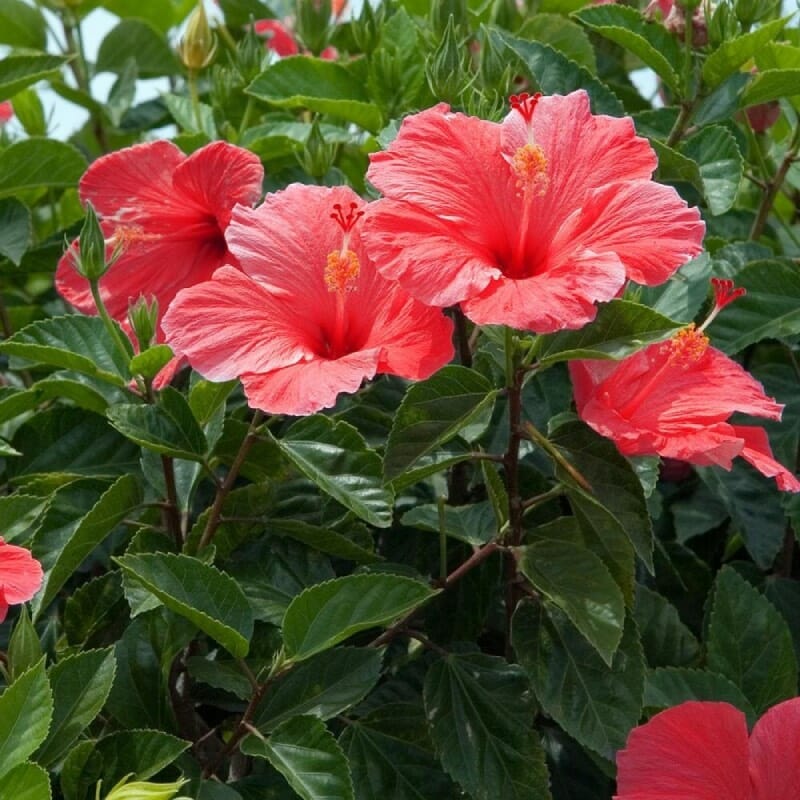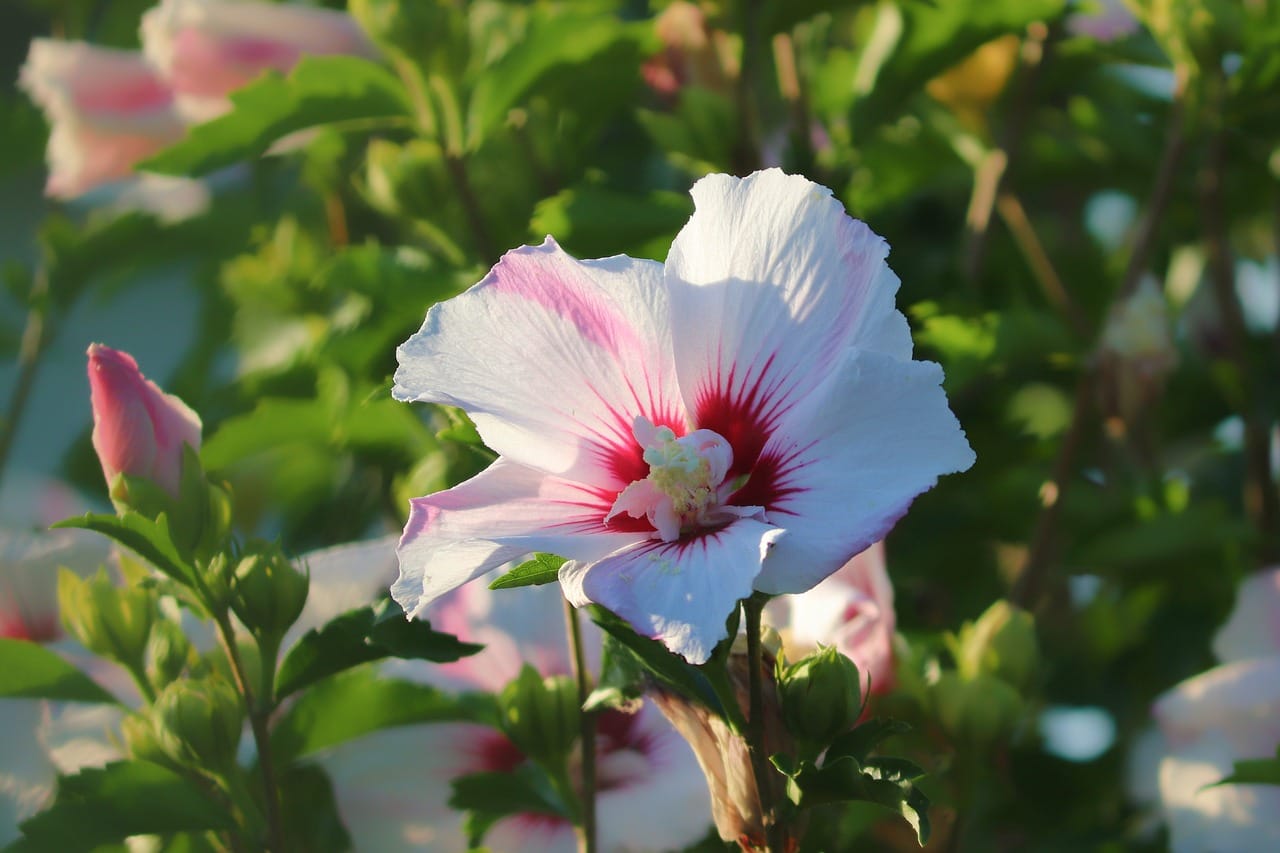The hibiscus plant is a favourite for many garden enthusiasts. With its vibrant blooms, it adds a touch of tropical beauty to any space. However, winter poses a significant challenge for hibiscus care as the plant tends to dry out, lose leaves, and stop flowering in cold weather. If you’re worried about keeping your hibiscus alive and blooming during winter, don’t fret! With some simple tips and a bit of care, you can ensure your hibiscus stays healthy and even flowers throughout the cold season.
Table of Contents

In this guide, we’ll explore some practical and easy-to-follow tips to protect your hibiscus from the winter chill, enhance its growth, and increase its bloom count.
Hibiscus plants are tropical by nature, thriving in warm temperatures and plenty of sunlight. When exposed to cold weather, frost, or dew, they can quickly deteriorate. The leaves turn yellow, the stems weaken, and the plant may stop producing flowers altogether. Without proper care, the hibiscus can even die in severe conditions.
Protect the from Frost and Cold
The first and most crucial step is to shield your hibiscus plant from the harsh winter elements.
Avoid Exposure to Open Sky: Never leave your plant exposed to the open sky during winter. Dew drops and frost can severely damage the plant, causing it to turn yellow and dry out.
Move Indoors or Under Shelter: Relocate your hibiscus to an indoor space or a covered area where it is safe from frost and harsh winds. A balcony, greenhouse, or a spot near a sunny window can be ideal.
By keeping the plant away from direct exposure to cold weather, you can significantly increase its chances of survival.

Provide Plenty of Sunlight
Hibiscus plants love sunlight, even in winter. In fact, direct sunlight is crucial for their health and blooming.
Place in a Sunny Location
Find a spot that receives ample sunlight throughout the day. South-facing windows or outdoor areas with consistent sunlight are great options.
If your plant loses all its leaves but the branches remain flexible, don’t panic. This is a sign that your plant has gone dormant. During dormancy, sunlight is vital to encourage the plant to wake up and regrow.
Use Natural Fertilizer
One of the best-kept secrets for winter hibiscus care is using potato peels. Potato peels are rich in potassium, magnesium, and phosphorus—nutrients that are highly beneficial for plant growth and flowering.
How to Use Potato Peels
- Collect potato peels from your kitchen.
- Boil them in water for a few minutes.
- Let the water cool and use it to water the hibiscus plant.
- Alternatively, you can bury the boiled potato peels in the soil around the plant.
- These nutrients will nourish the hibiscus, promote healthy growth, and encourage blooming.
Avoid Overwatering

Overwatering is a common mistake during winter. Since plants grow more slowly in cold weather, they don’t require as much water.
Watering Tips
- Check the soil moisture before watering. The top inch of soil should be dry to the touch.
- Water sparingly and ensure good drainage to prevent root rot.
- Avoid letting water sit in the plant saucer.
- Keeping the soil slightly moist, but not soggy, is the key to preventing winter-related stress on your hibiscus.
Prune and Trim for Better Growth
Winter is the perfect time to prune your hibiscus to encourage healthy growth and blooming in the upcoming seasons.
How to Prune:Remove dead or yellowing leaves
- Trim weak or overgrown branches.
- Cut back the plant slightly to focus its energy on surviving the winter.
- Pruning also improves air circulation around the plant, reducing the risk of pests and diseases.
Feed Your Plants with Balanced Fertilizer

While hibiscus plants don’t require heavy feeding in winter, a light dose of fertilizer can keep them healthy.
Best Fertilizer for Winter
Use a balanced fertilizer with equal parts nitrogen, phosphorus, and potassium (10-10-10). This will ensure the plant gets all the essential nutrients it needs to maintain its health.
Maintain Ideal Temperature and Humidity
Hibiscus plants prefer temperatures between 60-75°F (15-24°C). Sudden temperature drops can be harmful, so it’s essential to maintain a stable environment.
Repot if Necessary
If your hibiscus has outgrown its pot, consider repotting it during the dormant season. Choose a slightly larger pot with fresh, well-draining soil. This will give the roots more space to grow and prepare the plant for a healthy bloom in spring.

